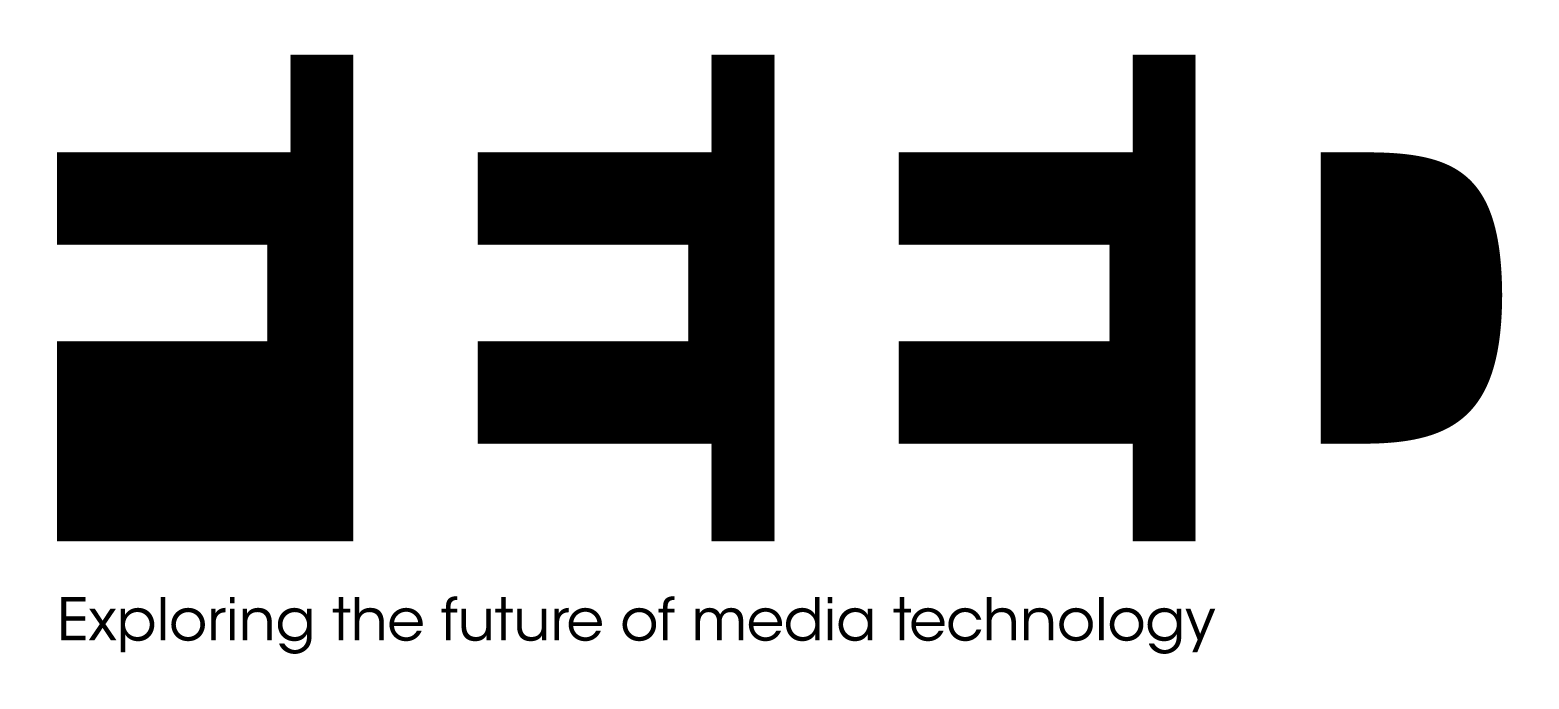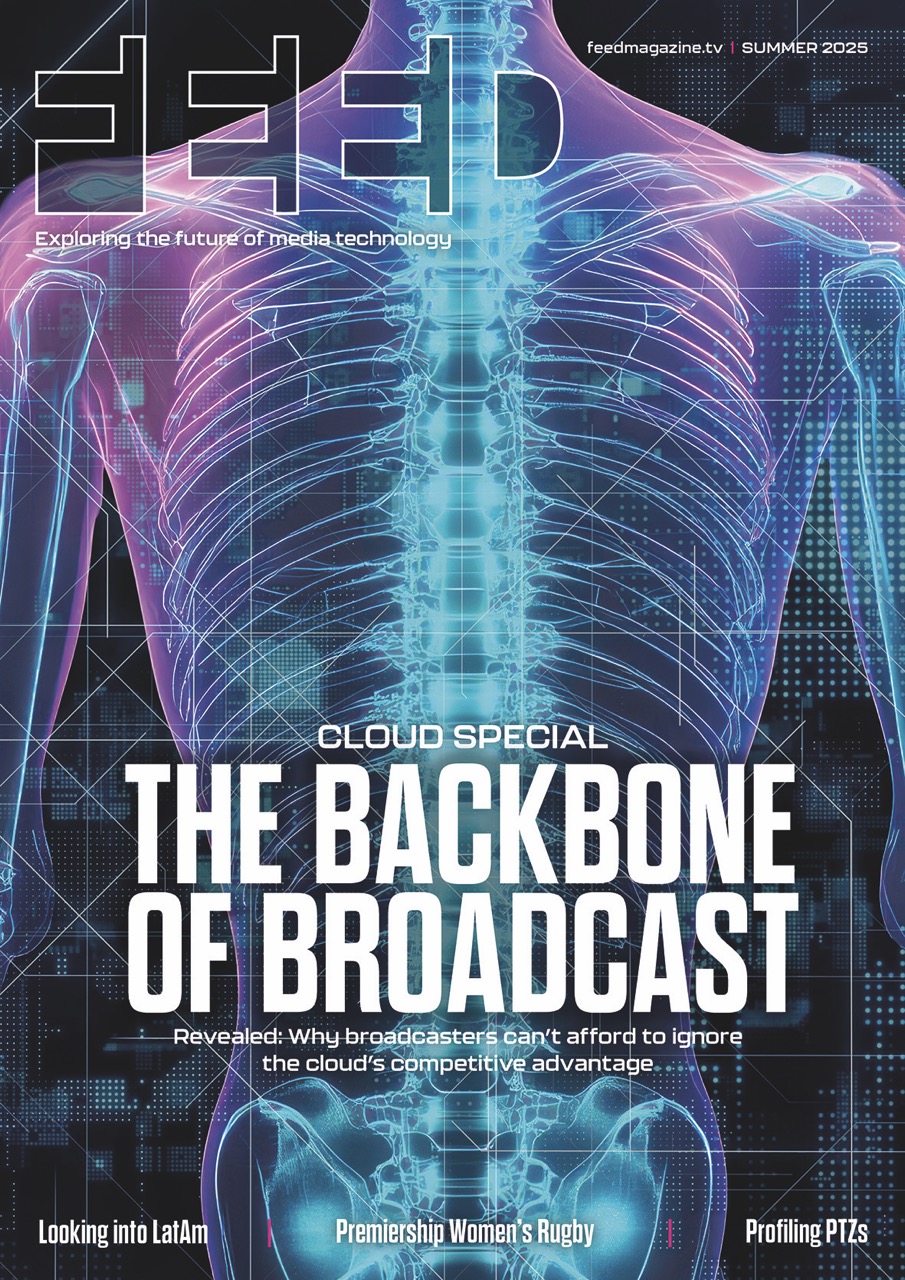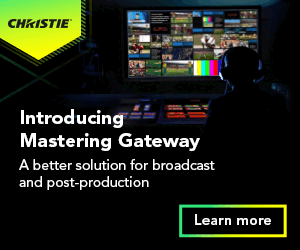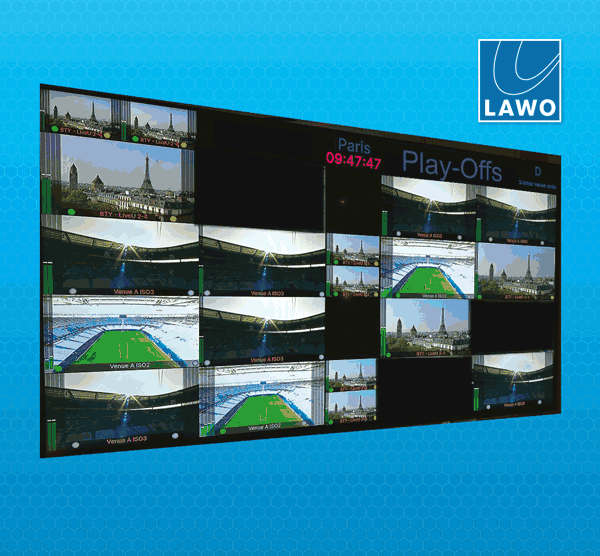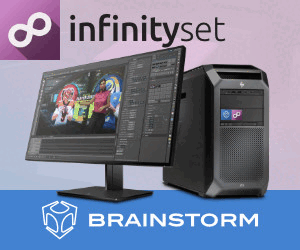Zixi: Video pipeline, reinvented

Posted on Jul 24, 2025 by FEED Staff
Zixi’s Andrew Reich shares how IP delivery can improve operational efficiency and enable broadcasters to address consumer demand for diverse content
Today’s consumers are hungry for more diverse content, whether it is bite-sized clips on social media or alternative, unconventional broadcasts. Handling this demand – and doing so at scale – presents a challenge to broadcasters and leagues stuck on traditional distribution methods. According to Andrew Reich, vice president of strategic business development at Zixi, video over IP is the way forward.
Catering to consumers
“Having a video over IP pipeline and scaling video more affordably will be key,” Reich begins. “Advances in technology mean audiences now see more versions of broadcasts than ever before. This is especially true in sports, with various leagues and broadcasters taking part.
“One of my favourite examples is what the NHL did during the 2024 Stanley Cup Final: an alternate broadcast for ASL (American Sign Language),” Reich recalls. “They were able to collaborate to easily create a unique experience that made the broadcast accessible to a broader audience. Four or five years ago, the NHL began creating its own video pipeline, focusing on understanding video distribution. Now, when they need to create more content with ease or create these alternate broadcasts, the pieces fall into place.”
Reich also mentions the NFL’s Monday Night Football: “One week, there was a traditional broadcast, an [Eli and Peyton] Manning broadcast – where the two talked about the game and brought on celebrity guests in a more relaxed environment – and even a Simpsons-themed broadcast catering to a younger audience.” Young viewers were also treated to an alternate broadcast of the Super Bowl in 2024, hosted by CBS subsidiary Nickelodeon.
Reich believes that ‘in four or five years, that’s going to be the norm’, as the industry heads towards localisation and hyper-personalisation. “While all these bells and whistles and cool stylistic broadcasts are awesome,” he admits, “right now, we are still not seeing as many alternate broadcasts on a regular basis, though a scalable video pipeline can help enable this.”
Bountiful benefits
“Years ago,” Reich begins, “you’d have one version of a broadcast. If you wanted to create another version, you would need a mirrored crew to handle that production. For example, you would have another operator adding in specialised graphics for this region.” This way of working was not only time-consuming, but it also raised operational costs. “Now,” he continues, “with the way that the technology has advanced, you can have one feed and then automatically translate or change your graphics so that you could have, say, eight different versions of a broadcast going to eight different regions, but they’re catered towards those different audiences.”
Besides improving operational efficiency and viewer experience, video over IP also opens doors to other opportunities. At Zixi, “Customers are using Zen Master or Zixi Broadcaster, which help to control, orchestrate and effectively manage all their feeds. This can lead to automated switching and, down the line, monetisation,” Reich explains. With an improved video pipeline, broadcasters can easily create region-specific graphical overlays like dynamic ads and QR codes, for instance.
By relying on cloud technologies, operators can also work ‘from anywhere’, according to Reich – as long as they have signal access. Going mobile “reduces operational components,” he continues, and gives video engineers more visibility thanks to bidirectional streaming.
“Typically, when you think about satellite video, the video gets sent out somewhere – it may be more challenging to track the signal,” Reich describes.
He elaborates: “With video over IP, if I’m sitting there and sending a signal, I can then look at the return. For a technician in the field or somebody working remotely, if they’re not seeing that the feed is connecting, they can troubleshoot and diagnose it themself.”
Looking ahead
Video over IP isn’t just the future – it’s already becoming a reality. Companies such as Sinclair Broadcast Group have teamed up with Zixi to create more forward-facing video architectures based around over-IP delivery.
The same is true of the BBC; the media giant recently partnered with Zixi and Encompass Digital Media to transform its entire BBC World Service from satellite to IP distribution. With its European arm already completed, the BBC has entered a rolling programme to tackle the Americas, Africa and the Asia-Pacific region.
“Having that central orchestration to manage and oversee all your feeds, in a way that’s flexible, is imperative,” Reich reiterates. With Zixi’s industry-leading IP delivery technology, broadcasters and sports entities are in good hands.
Find out more about Zixi at zixi.com
This article first featured in the Summer 2025 issue of FEED magazine.
